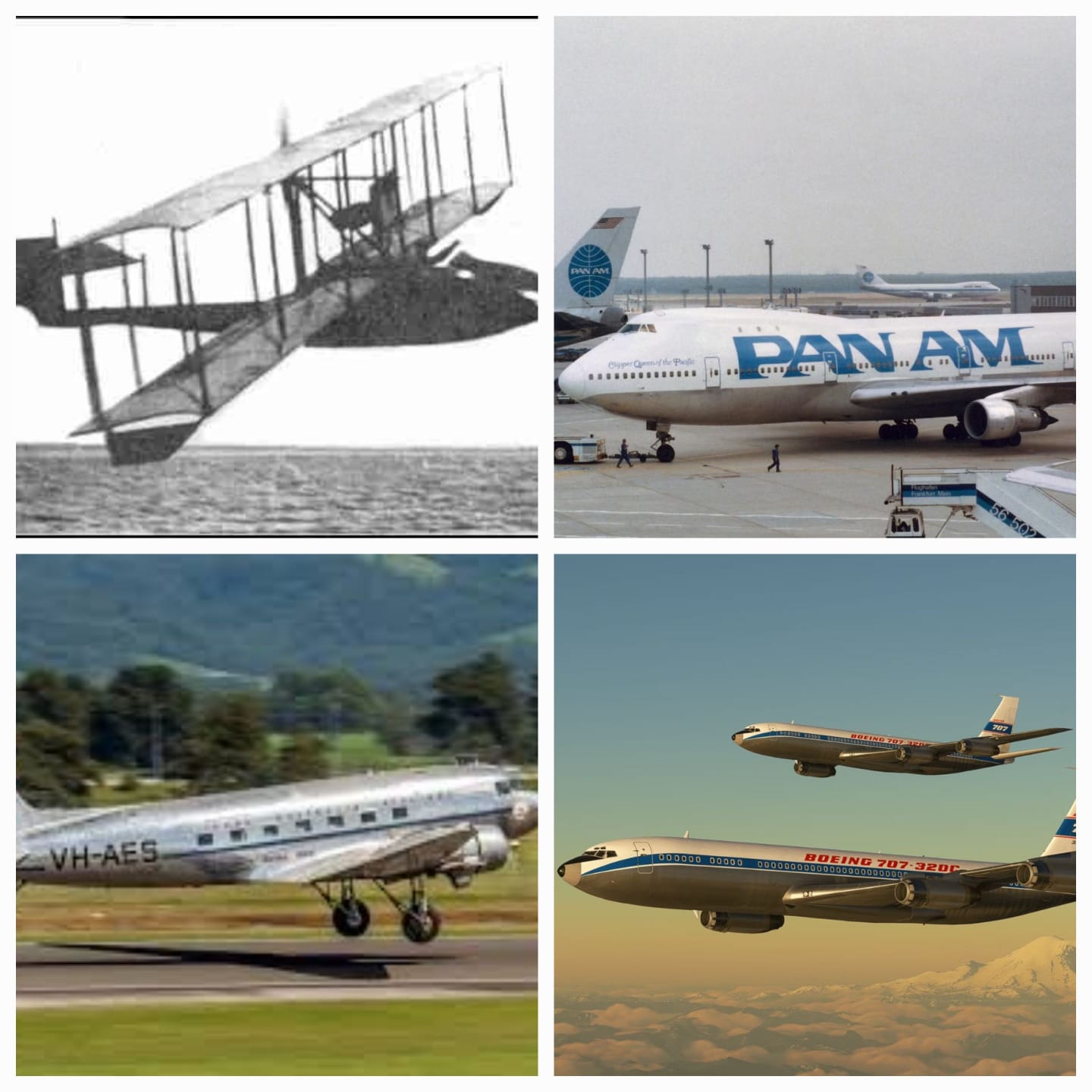The Most Significant Airplane Flights in History
June 09,2025

The question of the most significant aeroplane flight in history is subjective, with various perspectives and opinions.
A list published by The Atlantic in 2015 gathered insights from aviation luminaries, each with their own take on this topic.
Top Contenders
Pan Am’s Boeing 747 Inaugural Flight (1970): This flight marked the beginning of a new era in commercial aviation.
The Boeing 747, with its widebody design, revolutionised long-haul flying, making it more affordable and accessible to the masses.
Its impact on global travel has been profound, changing the way we explore and connect with the world. Pan Am’s inaugural Boeing 747 flight, also known as “Jumbo Jet”, took place on January 22, 1970, and was Flight PA2 from New York (JFK) to London Heathrow (LHR).
– Abram Pheil’s First Passenger Flight (1914): Christine Negroni’s choice highlights the significance of Abram Pheil’s 23-minute flight from St. Petersburg, Florida to Tampa. As the first passenger on the first passenger flight, Pheil’s experience paved the way for modern commercial air travel.
– Douglas DC-3 (1935): The DC-3 was a game-changer in aviation history, perfecting the all-metal passenger transport and becoming the first truly profitable and mass-produced airliner. Its influence can still be seen in modern aircraft design.
– Boeing 707 (1958): The 707 revolutionised air travel with its speed, range, and capacity. Pan Am’s launch of the 707 between New York and Paris marked the beginning of the jet age, transforming the way people travel.
Why These Flights Matter
Each of these flights has contributed significantly to the development of modern air travel. They represent milestones in innovation design, and commercial viability, shaping the industry into what it is today.
Conclusion
While opinions may vary on the most significant aeroplane flight in history, these top contenders have undoubtedly left an indelible mark on the world of aviation.
Their impact continues to be felt, influencing the way we travel and connect with each other.